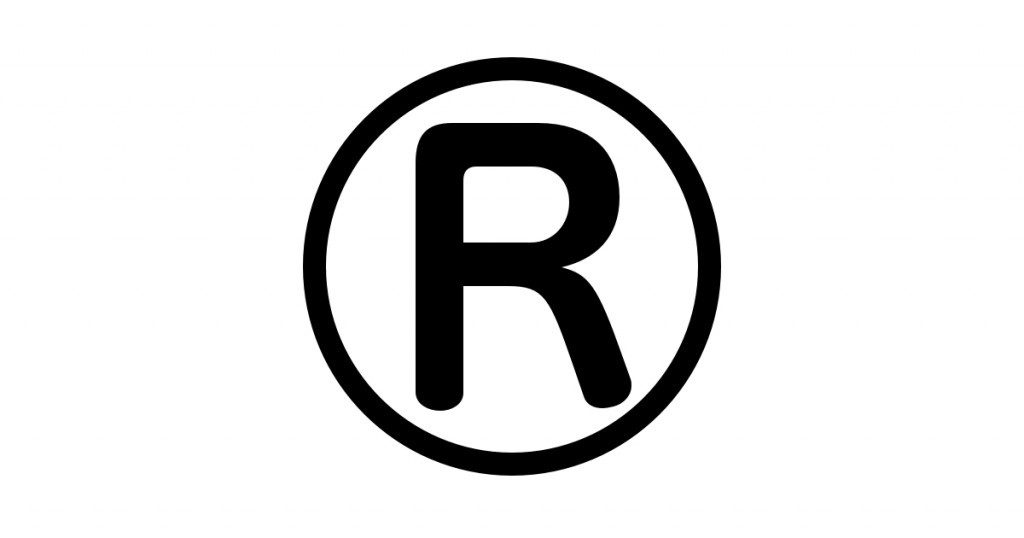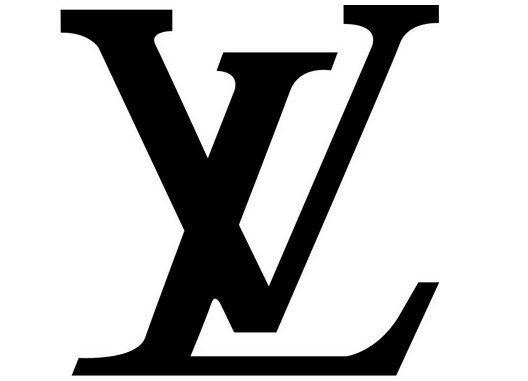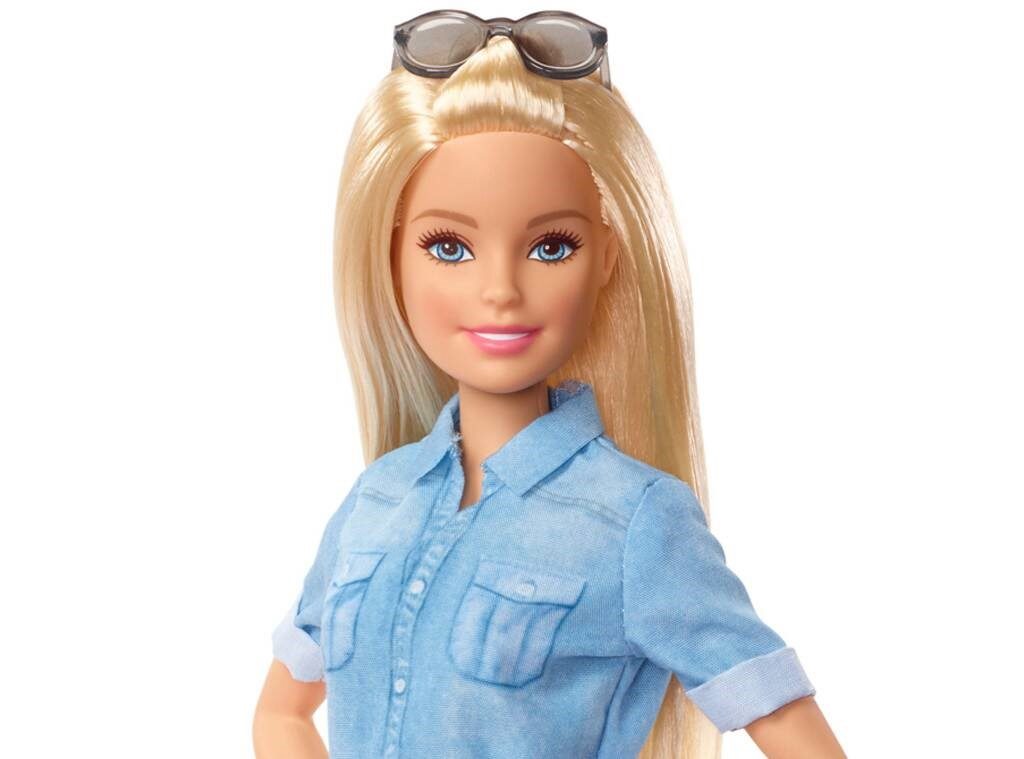Tattoos are permanent, often complex, creative, and original pieces of work created by a tattoo artist. Recently, litigation has come up regarding tattoos on famous athletes. While most issues involving tattoos on athletes are more easily handled — such as J.R. Smith’s tattoo of the brand Supreme on his leg1 — there are questions of whether a tattoo is subject to copyright protection when it is prominently displayed and reproduced on a famous athlete in a video game. This question is at the center of a lawsuit filed by Solid Oak Sketches against Take Two Interactive Software as well as two other producers of the popular NBA 2K video games based on the video games’ reproductions of players’ tattoos, including LeBron James.2
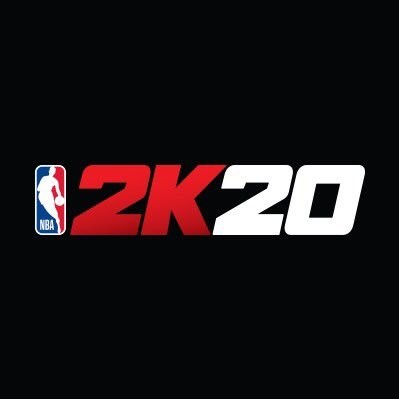
A similar issue arose in 2011, in which tattoo artist S. Victor Whitmill claimed to have copyright ownership of Mike Tyson’s face tattoo, with the tattoo in question given to Tyson in 20033. Whitmill sued Warner Bros., claiming that the popular film Hangover 2 infringed on his work when they reproduced Tyson’s tattoo on a main character’s face4. While Whitmill’s complaint failed to temporarily enjoin the studio from releasing the film in theaters, the case was settled out of court and now leaves an underwhelming amount of case law on the subject.5
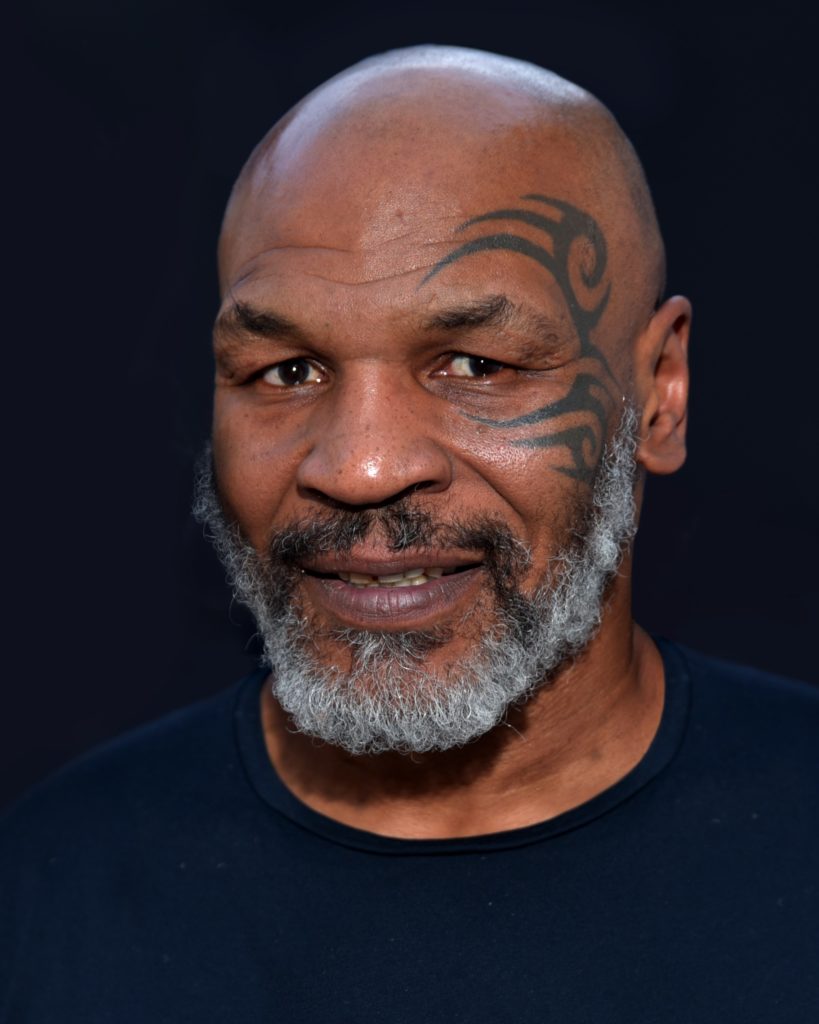
The Copyright Act of 1976 gives protection to artists that establish that: (1) their creation is the type of work that is protectable; (2) their creation is an original and creative work; and (3) the creation is affixed to a tangible medium for expression.6 Further, § 202 of the Copyright Act states that “ownership of a copyright… is distinct from ownership of any material object in which the work is embodied.”7 This means that a tattoo artist does in fact have copyright ownership over original and creative tattoos that they give, even when those tattoos are on another person’s body. However, there is an implied license that allows people to freely and publicly display their tattoos — for example, on television, film, and magazines — so for most people, this is not a problem. 8However, this issue has arisen because LeBron’s tattoos are not only being displayed, but they are being digitally reproduced in a video game, causing an issue for copyright infringement issue.9
The company Solid Oak Sketches obtained the copyrights for two of LeBron James’ four tattoos in question — the portrait of his child and the area code — before suing in 2016 because they were used in the NBA 2K series.10 Take Two argues a fair use defense, stating that the tattoos are covered under fair use and are not a critical component of the video games, seen only fleetingly or rarely.11 However, that argument may not hold water due to the time and energy put into recreating both the athletes and tattoos with incredible accuracy.12 Further, this argument did not survive the motion to dismiss, with Judge Laura Taylor Swain finding that the defenses presented by Take Two are fact-intensive and will require more evidence.13
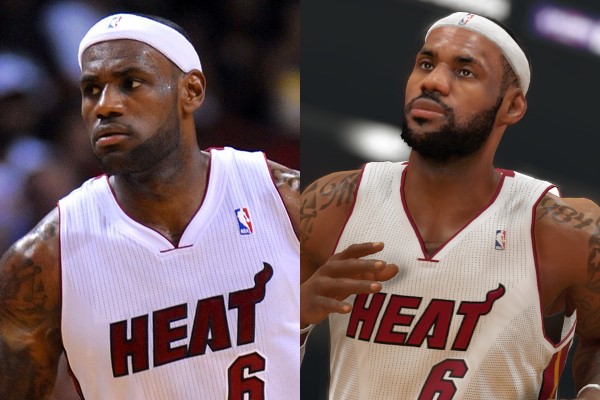
New York University intellectual property law professor Christopher Jon Sprigman says to the New York Times that Solid Oak’s lawsuit “amounts to a shakedown and copyright trolling,” stating further that “[t]hey shouldn’t be allowed to tell LeBron James that he can’t take deals to license his likeness… the ability of the celebrity, or really anyone, to do that is an element of their personal freedom.”14 LeBron James states that his tattoos are a part of his “persona and identity,” saying that if he is not shown with his tattoos, it would not be an accurate depiction of himself.15 In a Declaration of Support for the defendants from LeBron James, he states that the four tattoos in question were “inked in Akron, Ohio,” and in each case, he had a conversation with the tattooist about what he wanted inked on his body. 16
The outcome of this case will set an important precedent on whether or not tattoo artists can demand monetary compensation every time a celebrity’s likeness has been reproduced. Since the rise of litigation, players’ unions and sports agents have been advising athletes to secure licensing agreements before they get tattooed, in order to protect their future interests.17 This way, the athletes have secured their rights while giving artists have an incentive to sign rather than pass up a celebrity client who could be a walking advertisement for their art18.
1 Cam Wolf, NBA Tells J.R. Smith to Cover Up His Supreme Tattoo Or Else, GQ (Oct. 1, 2018), https://www.gq.com/story/jr-smith-supreme-tattoo-nba?verso=true (in which Cleveland Cavaliers’ J.R. Smith was told by the National Basketball Association that they would fine him for every game of the season that he failed to cover up the Supreme logo on his leg, citing the League’s Collective Bargaining Agreement, which states that ‘a player may not, during any game, display any commercial, promotional, or charitable name, mark, logo, or other identification… on his body.’).
2 Jason M. Bailey, Athletes Don’t Own Their Tattoos. That’s a Problem for Video Game Developers, New York Times (Dec. 27, 2018), https://www.nytimes.com/2018/12/27/style/tattoos-video-games.html.
3 Christie D’Zurilla, ‘Hangover 2’ Tattoo Lawsuit Over Mike Tyseon-style Ink is Settled, Los Angeles Times (June 22, 2011), https://latimesblogs.latimes.com/gossip/2011/06/hangover-tattoo-dispute-ed-helms-hangover-2-tattoo.html.
4 Id.
5 Id.
6 1976 General Revision of Copyright Law, Pub. L. No. 94-553, 90 Stat. 2541.
7 17 U.S.C. § 202.
8 Jason M. Bailey, Athletes Don’t Own Their Tattoos. That’s a Problem for Video Game Developers, New York Times (Dec. 27, 2018), https://www.nytimes.com/2018/12/27/style/tattoos-video-games.html.
9 Id.
10 Id.
11 Bryan Wiedey, Tattoos in Sports Video Games Face Legal Issue, Sporting News (Oct. 19, 2018), http://www.sportingnews.com/us/other-sports/news/madden-lawsuit-over-tattoos-nba-2k-lebron-james-ea-sports-2k-sports/16xvqkb1d2hbm1lzs6u3iljaap.
12 Id.
13 Thomas Baker, NBA 2K Tattoo Copyright Suit Offers Two Compelling Legal Arguments, but Only One Seems Practical, Forbes (Jan. 4, 2019), https://www.forbes.com/sites/thomasbaker/2019/01/04/lebron-smartly-sides-with-the-producers-of-nba-2k-in-tattoo-copyright-case-but-will-that-be-enough/#4e08f33c7663.
14 Jason M. Bailey, Athletes Don’t Own Their Tattoos. That’s a Problem for Video Game Developers, New York Times (Dec. 27, 2018), https://www.nytimes.com/2018/12/27/style/tattoos-video-games.html.
15 Solid Oak Sketches, LLC v. 2K Games, Inc. and Take-Two Interactive Software, 1:16-cv-00724, ECF No. 134 (Aug. 24, 2018). (Found at https://www.scribd.com/document/386980896/2018-08-24-Declaration-dckt-134-0#from_embed).
16 Id., at 1.
17 Jason M. Bailey, Athletes Don’t Own Their Tattoos. That’s a Problem for Video Game Developers, New York Times (Dec. 27, 2018), https://www.nytimes.com/2018/12/27/style/tattoos-video-games.html.
18 Id.

